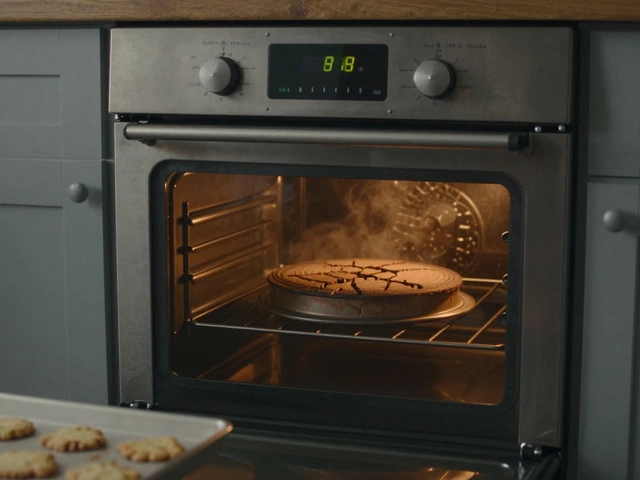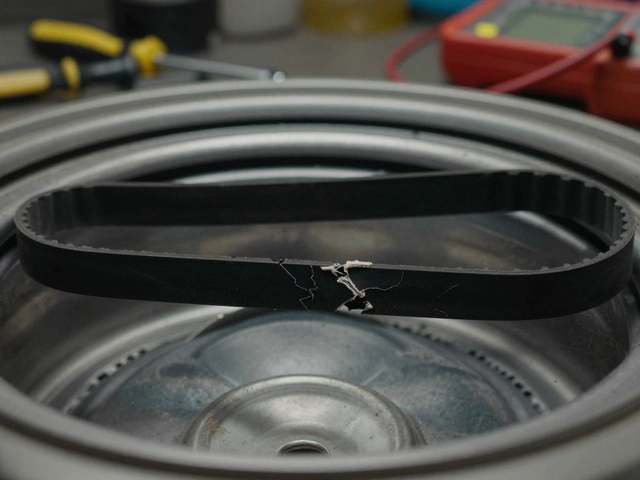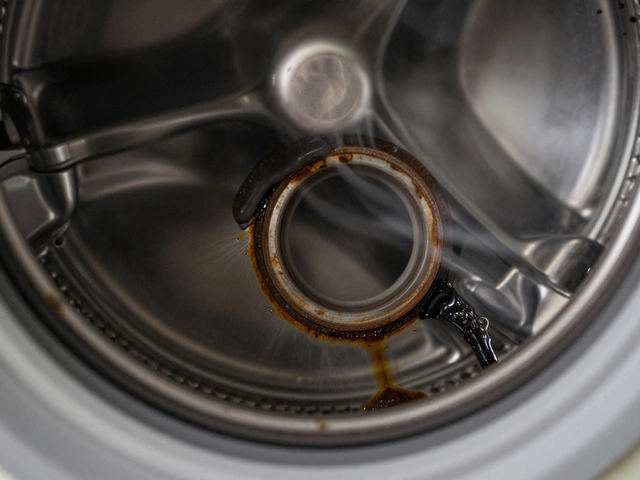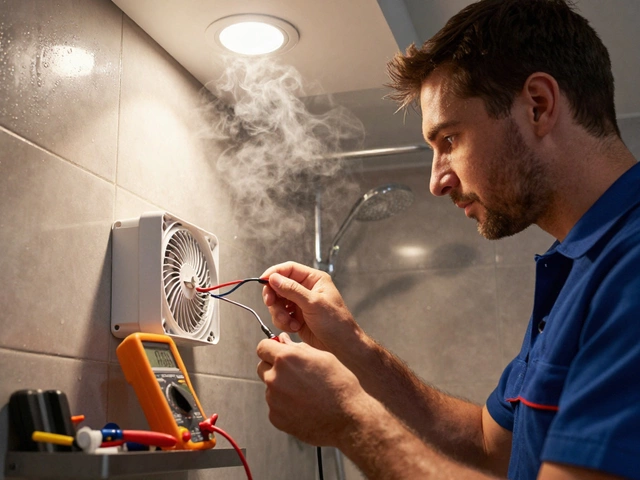Appliance Troubleshooting: Simple Steps to Get Your Gear Working Again
If a fridge stops cooling or a dryer won’t spin, you don’t have to panic. Most household appliances give clear clues when something’s wrong. In this guide we’ll walk through the everyday tests you can do yourself before calling in a pro. The goal? Save time, avoid extra costs, and feel confident about handling the most common glitches.
Quick Checks Before Calling a Pro
Start with power. Make sure the plug is solid, the breaker isn’t tripped, and any safety switches are on. A loose connection is the cause of more than half of appliance failures. Next, listen. A humming fridge or a buzzing washer can tell you whether the motor is trying to run. If you hear nothing, the issue is often electrical; if you hear a strange whirr, a component may be failing.
Take a look at the filters and vents. Lint in a dryer, food debris in a fridge coil, or a clogged dishwasher spray arm all reduce performance. Cleaning them is usually a five‑minute job that restores efficiency instantly. Finally, check error codes. Modern ovens, microwaves, and washing machines display codes that point straight to the faulty part. A quick Google search of the code often gives you the exact fix.
Step‑by‑Step Fixes for Popular Appliances
Oven and stove: If your electric oven won’t heat, first test the heating element with a multimeter. No continuity means a replacement is needed. For a stove that won’t turn on, check the control board for burnt spots or loose wires. Often a simple tighten does the trick.
Refrigerator: Warm spots usually mean a dirty condenser coil. Vacuum the coils and watch the temperature drop. If the fridge still runs warm, the start relay may be clicking – replace it and the fridge will run smoother.
Dishwasher: A dishwasher that won’t drain often has a blocked pump or hose. Remove the bottom rack, locate the pump cover, and clear any food particles. If the spray arms are not rotating, clear the small holes with a toothpick.
Washing machine: A noisy washer can be a loose drum bolt or worn bearings. Tighten any visible bolts and inspect the bearings for play. If the machine leaks, the door seal is the usual suspect – clean it and replace if cracked.
Dryer: No heat? Verify the lint filter is clean, then check the thermal fuse with a multimeter. A blown fuse means the dryer’s safety system tripped – replace it and you’re back in business.
Microwave: If the microwave hums but doesn’t heat, the magnetron may have failed. Testing it requires a multimeter; no continuity means it needs swapping out. Always unplug the unit before checking any internal parts.
Extractor fans: Fans that stall often have a stuck motor shaft. Turn the fan blades by hand; if they feel gritty, spray a little oil into the bearing area. For persistent silence, test the fan’s power supply – a tripped GFCI can be the culprit.
Water heaters and boilers: No hot water can stem from a broken thermostat or a sediment‑filled tank. Drain the tank, flush it, and reset the thermostat. If the unit still won’t heat, the heating element might be burnt out and will need replacing.
Remember, safety comes first. Always turn off power at the breaker before opening any appliance. If a repair feels beyond your skill level, it’s wiser to call a qualified technician – especially for gas‑powered or high‑voltage equipment. With these quick checks and step‑by‑step fixes, you’ll handle most appliance hiccups without the hassle of a service call.
25 July 2025
·
0 Comments
Does your microwave hum, spark, or fail to heat? Learn common symptoms of a bad magnetron and expert tips for diagnosis, plus when to call for repair.
Read more
24 November 2024
·
0 Comments
A malfunctioning gas oven igniter can present several symptoms that indicate it needs attention or replacement. These signs include prolonged preheating times, gas odors, and food not cooking evenly. Understanding the working mechanism of the igniter and recognizing these symptoms can help in timely repairs, preventing further issues. This guide explores common indicators of a faulty igniter and provides actionable tips for addressing them.
Read more







